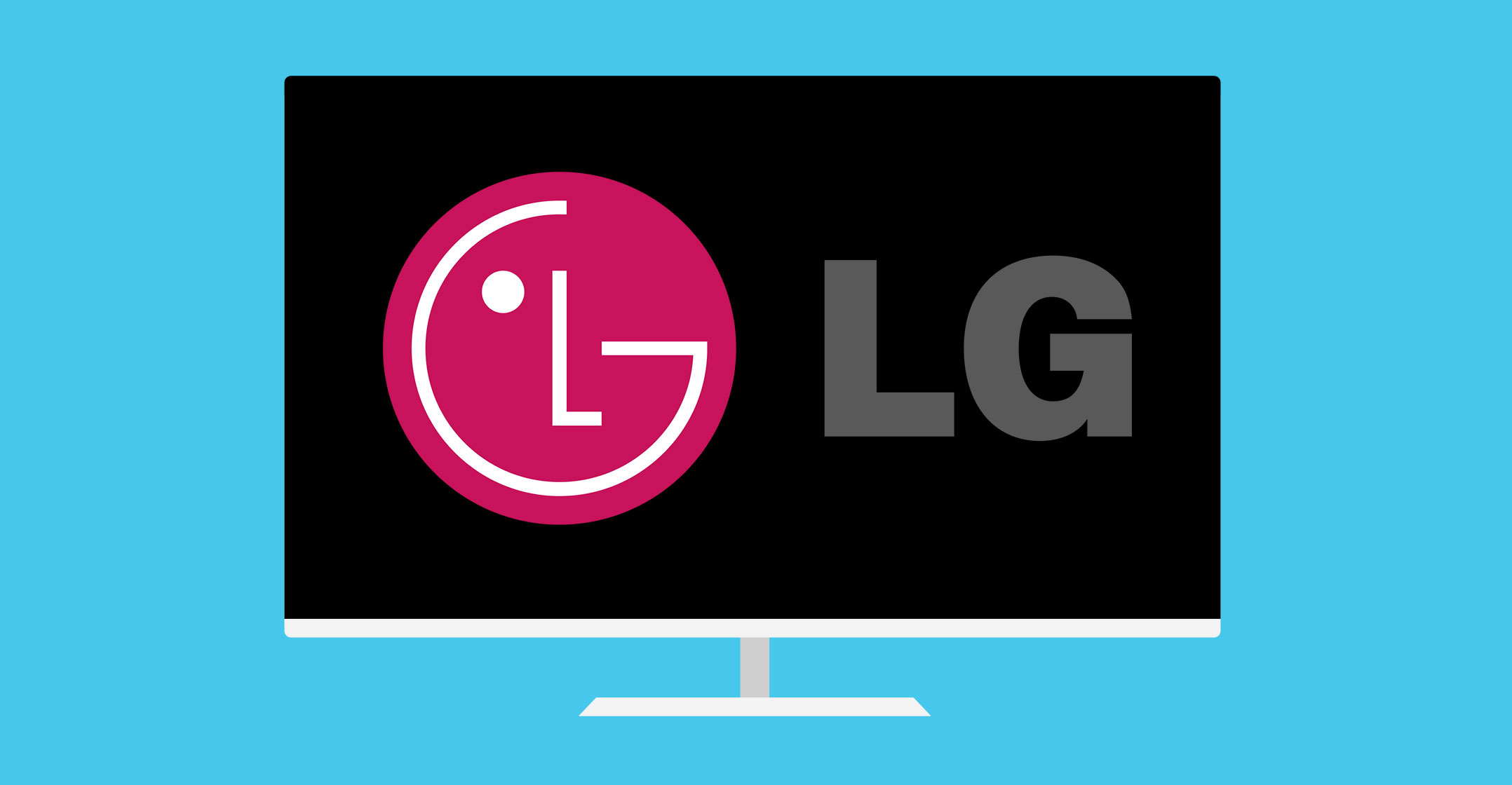
Investors on Tuesday seemed excited that LG Display Co may have decided to spend four trillion won (US$3,6bn) to build out its OLED production capacity.
The South Korean company’s stock climbed as much as 5% after an ETNews report of the plan. Trading volume of 3,2 times the 20-day average shows this wasn’t just some passing interest.
The concern had been that LG, the world’s biggest maker of large-size display panels, might put money into liquid-crystal displays instead of the newer and faster-growing organic light-emitting diode technology, Taurus Investment & Securities Co analyst Kim Hyunsoo said.
Putting more funds into LCDs would certainly have been good reason for furrowed brows. The old but solid technology is losing its luster as newer entrants, mostly from China, pile on the capacity that will continue to drive prices down.
OLED, on the other hand, is the hot new flavour because it’s capable of making mobile devices brighter and more energy efficient. Samsung Electronics has just about cornered the market, thanks to its early entrance. A shortage of supply is forcing Apple to reassess plans for its next iPhone, which makes a large investment into the space by LG look smart.
It’s no coincidence that Apple’s biggest supplier, Foxconn Technology Group, recently bought a stake in US microLED start-up eLux
An even smarter move, though, would be to look beyond the next few product cycles. Instead of OLED, LG might have done well to keep its powder dry for microLED, a different technology that has an entirely new set of advantages (and disadvantages) over OLED. Whether microLED is superior to OLED is still being debated, but it has enough going for it to pique the interest of Apple, with Samsung also taking a look.
In its quest to become more independent, Apple is hard at work developing its own display technologies, including at a test lab in northern Taiwan. Apart from looking at LCD and OLED, the US company is exploring microLED. If it can make the technology viable, Apple could conceivably break the current mould of relying on outside suppliers for both the underlying technology and production capacity, in the same way it develops its own chips and then outsources the manufacturing.
It’s no coincidence that Apple’s biggest supplier, Foxconn Technology Group, recently bought a stake in US microLED start-up eLux. LG should take the hint, too: forget about playing catch up on OLED and get ahead of the curve on microLED. — (c) 2017 Bloomberg LP




